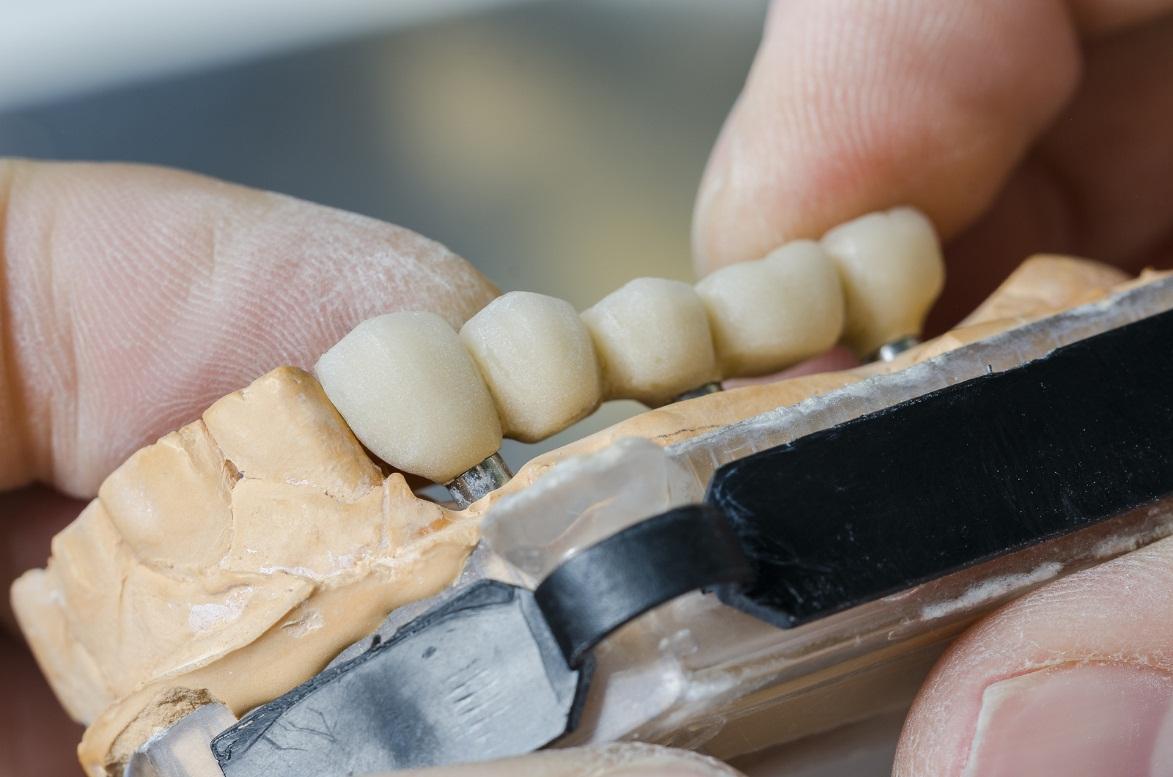Dental bridges are used to help bridge gaps in teeth. They are false teeth that are affixed to existing teeth on either side of the gap where missing teeth are. Before you can get dental bridges put in, though, you must first be determined to be an eligible candidate for them.

Considerations
Before you can be considered for crowns and bridges, your dentist must examine your mouth and make certain decisions and recommendations based upon your specific circumstances. For instance, the placement of the bridge and the structure of the surrounding teeth will greatly affect whether or not you’re an ideal candidate for bridges. Also, the dimensions of your mouth and the size of your teeth are can also affect whether or not bridges are right for you.
Preparation
Before beginning a dental bridge procedure, dentists must take a series of X-rays to ensure that the patient’s mouth is structurally sound enough to have a dental bridge. Once that has been determined, then the dentist must also use the X-ray in the planning and preparation for the dental bridge since the X-ray provides detailed information about the placement and dimensions of the patient’s mouth.
Health Considerations
Of course, certain health factors must be taken into consideration before placing a dental bridge within a patient’s mouth. For instance, dental bridges might not be the most appropriate method of restorative or cosmetic dentistry for those patients who have deteriorating gum lines or jaw bones since their mouth structures might not be solid enough to support the dental bridges.
Insufficient gum lines and weak jaw bones can lead to the dental bridges breaking prematurely, or they might not be able to be supported at all from the get-go if there isn’t sufficient bone structure in place.
Alternative Treatment
If certain conditions aren’t met, this doesn’t necessarily mean that the patients can’t still have the cosmetic procedures that they desire. For instance, sometimes dentists might recommend drafting bone and tissues from other areas of the body to create enough stability for the dental bridge, or the dentist might recommend another type of procedure like dental implants.
Sources:
Dental Health and Bridges, webmd.com
Understanding A Dental Bridge Procedure, colgate.com

Leave a Reply